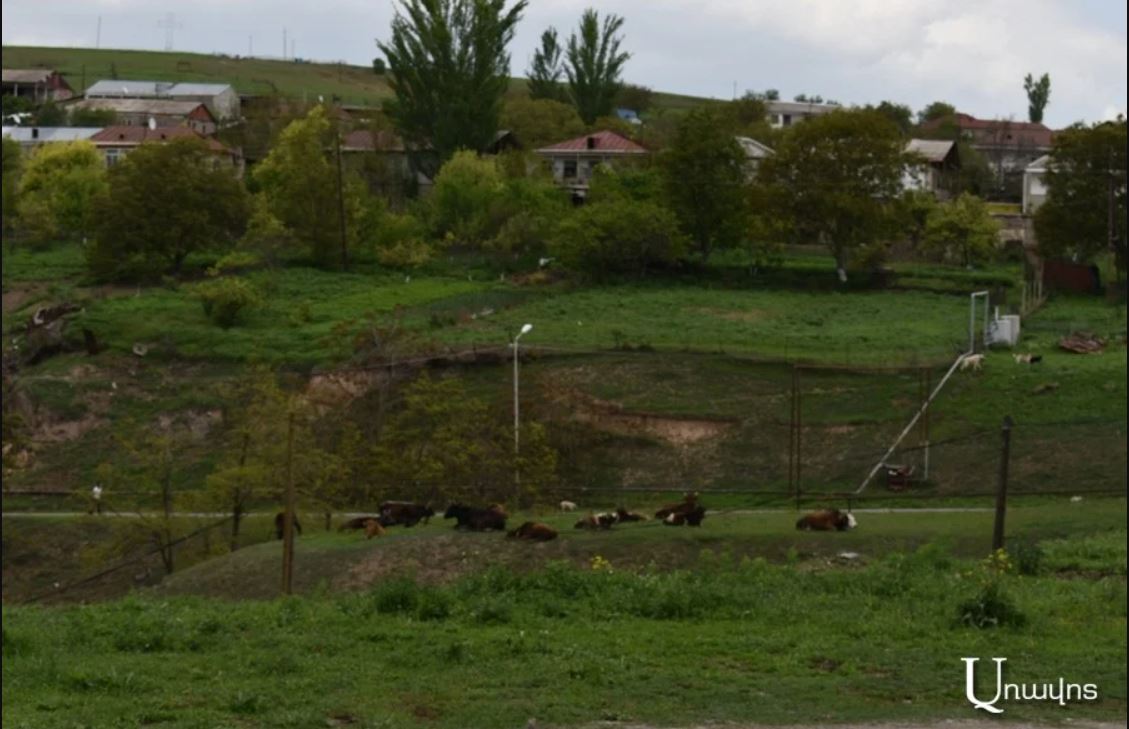Narratives Of The New Round Of “Neither Peace, Nor War” on Armenian and Azerbaijani Media And Social Media Platforms
(December 2022 – May 2023)
PART 3. THE LIKELIHOOD OF A NEW WAR
Read also
Summary
The entire period between the first (1991-1994) and the second (September-November 2020) Karabakh wars is commonly referred to as the era of “no peace, no war” regime due to three processes: negotiations under international mediation (OSCE Minsk Group format) aimed at resolving the Karabakh conflict were ongoing; secondly, on the eve or immediately after the negotiations, there were fluctuating escalations along the line of contact in the Karabakh conflict zone, resulting in casualties on both sides; and lastly, in parallel with these two processes an intense information war was waged, targeting three groups – domestic audiences, the opposing side’s society, international structures.
Since the start of negotiations subsequent to the 2020 war, all these three characteristic elements of the “no peace, no war” regime have resurfaced in full force: negotiations on a peace treaty are underway, military escalations are taking place, now not only in the Karabakh conflict zone, but also along the border between Azerbaijan and Armenia, the information confrontation of the parties persists.
Such a parallel between the post-war realities of the Armenian-Azerbaijani processes stems not merely from the formal similarity of the above-mentioned situations, but to a greater extent from Azerbaijan’s unwavering promotion of its pre-war (until 2020) formula of “no war in exchange for concession on our terms”. In fact, as the winner in the second Karabakh war, Azerbaijan continues to employ the same strategy of “coercive diplomacy” in relation to both NK and Armenia.
The society maintains a loyal stance towards the official rhetoric of Azerbaijan regarding the potential resumption of hostilities and war. It is also widely understood within Azerbaijani society that the war may become necessary for the complete return of Karabakh, since the Karabakh Armenians and Armenia are unwilling to acknowledge their defeat and relinquish Karabakh.
The fundamental difference between the speeches regarding the prospect of a new war reflected in the Armenian and Azerbaijani media and social networks (even with the differing rhetoric among official and non-official political circles, expert communities, and other discourse-shapers) is that Azerbaijan consistently emphasizes war as a central theme in its discourse when it comes to building relations with the Armenian side.
While both Armenia, and NK, in general, have refrained from discussing war and threatening the use of force. This was the case when the Armenian side was experiencing the winner’s syndrome (between the first and second Karabakh wars), and even more so now, in the context of its defeat.
The discourse of war enjoys extreme popularity in Azerbaijan, with the thesis of “solving issues through war” today being exclusively attributed to them. Azerbaijani officials and analysts closely associated with official circles advocate for “the right to another, but now a preemptive war” against Armenia and NK, despite a clear logical gap in their arguments. For on the one hand, they claim that the Armenian forces have been decimated, and there is not even anyone to fight with, while on the other hand, they warn that any action undertaken by Armenians against Azerbaijan would lead to war.
The discourse surrounding war on the Armenian side has not been popular and has remained so due to objective reasons such as large human and military losses, societal apathy, the socio-psychological, military-political, economic and energy pressures exerted on the NK population by Azerbaijan.
Currently, references to war are only made in the context of defense and protection against Azerbaijani aggression. It is more the militant rhetoric of Azerbaijan’s official circles that irritates Armenian society rather than the speeches of other Azerbaijani figures. This can be attributed to the fact that in Azerbaijan all formulas of information propaganda are designed at the official level, and dissent is not only discouraged, but also met with punishment. Especially in such a sensitive issue as building relations with NK, Armenia and Armenians in general.
Throughout the studied period, there were instances of escalation, shelling from the positions of the Azerbaijani Armed Forces along various areas of the Armenian-Azerbaijani border. Some of these incidents occurred either immediately after or shortly before the negotiation meetings.
According to the RA Ministry of Defense, from January to the end of May 2023, there were 10 such cases on the border between Azerbaijan and Armenia, initiated by the Azerbaijani side (January 19 – near the village of Yeraskh, bordering Nakhichevan, March 9 and 13 – near the village of Verin Shorzha, April 11 and 29 – in the vicinity of Tegh village, April 23, May 11, 12, 17 and 18 – hostilities and shelling of Armenian positions in the area of the Sotk gold mine). As a consequence of these escalations, the Armenian side reported on the number of its servicemen who were wounded or killed in action, shelled ambulances evacuating the wounded from the scene.
The Azerbaijani side released its statistical data sporadically, framing all skirmishes or clashes with Armenian forces solely as the adversary’s provocations.
From December 2022 to the end of May 2023, the Armenian Ministry of Defense issued 16 refutations countering the information disseminated by the Azerbaijani Ministry of Defense and Azerbaijani media, which alleged military provocations of the Armenian Armed Forces in different directions along the border and attempts to infiltrate into the AR territory.
In March 2023 alone, 4 cases of shelling by Azerbaijani forces targeting the areas under the control of the Russian Peacekeeping Contingent in the Karabakh conflict zone were reported. These incidents involved shooting at civilians working on their land plots in the NKR Martuni region (March 15, 19 and 22). Additionally, on March 5, 3 NKR police officers were killed and 1 was wounded while en route from Stepanakert to the Armenian villages of Shushi region.
The Armenian and Azerbaijani discourse on the likelihood of resumption of a new round of hostilities is also shaped by the ongoing escalations between the Armed Forces of Azerbaijan and Armenia, and between the Armed Forces of Azerbaijan and the self-defense forces of NK, since the conclusion of the ceasefire agreement in November 2020. It is noteworthy that the AR President’s statements asserting the ability of Azerbaijan to return at any time those regions of Karabakh, which are currently also under the control of Russian peacekeeping forces, are made without highlighting this reality. Similarly, the Armenian information platforms discuss the likelihood of Azerbaijan initiating a new war, clearly emphasizing that the presence of Russian troops on the territory of NK and in Armenia will not in any way act as a deterrent.
This belief stems from the observation that until now, Russian forces have appeared in areas of escalation in NK and along the border between Armenia and Azerbaijan after the hostilities have already occurred.
Read the full version in Russian HERE.
This research has been organized within the framework of the Region Research Center’s project “New Agendas for Peace and Stability in the South Caucasus after the Karabakh 2020 War”. The project is being implemented with the support of the Black Sea Trust for Regional Cooperation. The opinions expressed in this material are those of the authors and do not necessarily represent the opinions and positions of the Black Sea Trust for Regional Cooperation or its partners.























































